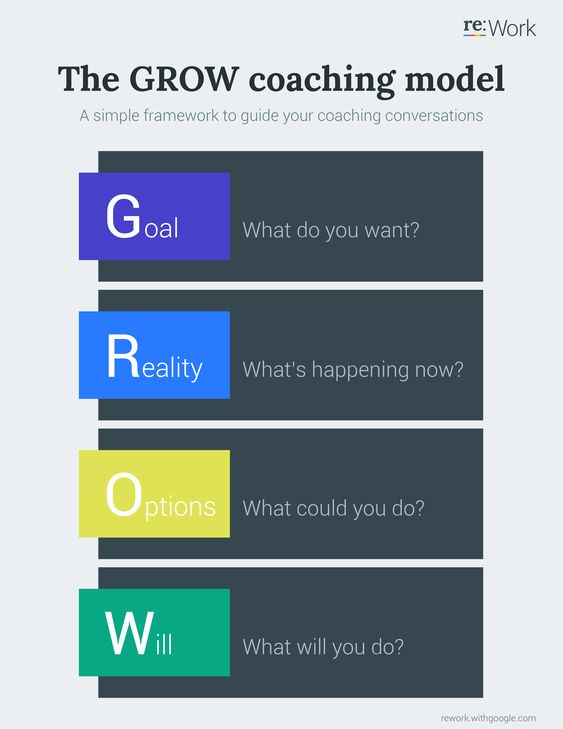Coaching is a powerful tool for managers to help their employees develop and grow. It’s a way for managers to provide guidance and support to their employees, and to help them reach their goals. In this guide, we’ll explore the fundamentals of coaching, and how managers can use it to be more effective in their roles.
What is Coaching?
Coaching is a process of helping people to achieve their goals. It’s a way for managers to provide guidance, feedback, and support to their employees. Coaching is different from traditional management because it focuses on developing the individual, rather than managing tasks and processes.
Benefits of Coaching
Coaching can have a number of benefits for managers and their teams. It can help managers to build trust and rapport with their employees, and to develop their skills and abilities. It can also help to create a more productive and engaged workforce, as employees are more likely to be motivated and committed when they feel supported and valued.
How to Get Started with Coaching
Before you start coaching your team, it’s important to understand the fundamentals. You should make sure you have a clear understanding of the goals and objectives you want to achieve, and how you’ll measure success. You should also create a plan for how you’ll provide feedback, and how you’ll track progress.
The Coaching Process
The coaching process typically involves four steps: setting goals, building trust, providing feedback, and assessing progress. During each step, it’s important to be patient and understanding, and to focus on developing the individual.
Setting Goals
The first step in the coaching process is to set goals. This should be done in collaboration with the employee, so that they understand what is expected of them and have ownership of the goals. Goals should be realistic and achievable, and should be reviewed regularly to ensure progress is being made.
Building Trust
The second step is to build trust. This is an important part of the coaching process, as it helps to create an environment of openness and understanding. This can be done through active listening, showing empathy, and providing positive reinforcement.
Providing Feedback
The third step is to provide feedback. This should be done in a constructive and supportive way, and should focus on helping the employee to develop and grow. Feedback should be specific and actionable, and should focus on the individual’s strengths and weaknesses.
Assessing Progress
The fourth and final step is to assess progress. This should be done regularly to ensure that goals are being met and that employees are developing as expected. It’s also important to provide feedback and recognition for progress that has been made.
You might find these FREE courses useful
- Coaching Conversations
- Foundations of Career Navigating and Coaching
- Coaching Practices
- Health Coaching Conversations
Conclusion
Coaching is a powerful tool for managers to help their employees develop and grow. By understanding the fundamentals and following the steps outlined in this guide, managers can use coaching to be more effective in their roles.





